Railways and Polar Bears at the National Taiwan Museum
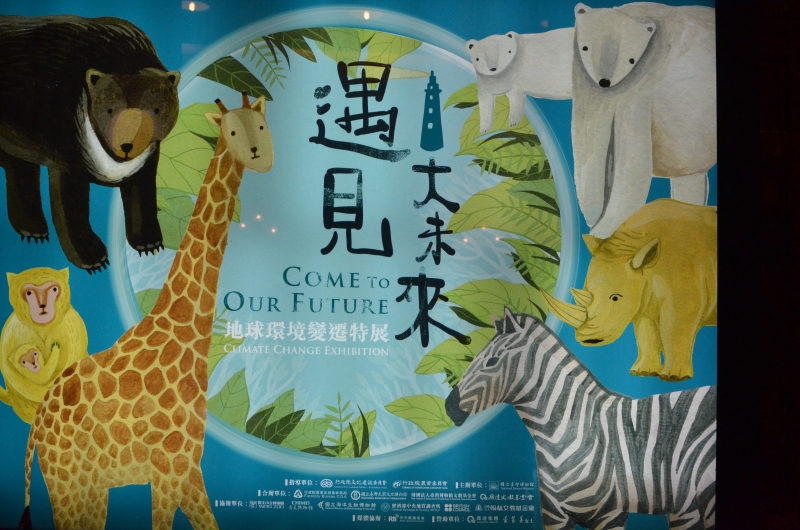
Come to Our Future
Three new exhibits have opened at the National Taiwan Museum in Taipei. On the first floor, there is an exhibit that all kids are sure to like. It’s called Come to our Future: Climate Change Exhibition. You can pretty much guess what it’s all about from the name. With plenty of hands-on installations, it examines the impact that the human race is having on the Earth. Kids will like it because there are plenty of things to touch, peer into, flip over, guess the answer to, and otherwise physically interact with. Plus, there are dozens of full-size animals on display, including a giant polar bear, an Indian python, and a very surprised-looking wolf.
The second floor is currently housing Ocean-Island-People~The 7th Exhibition of Cyber Island, Taiwan (ECIT) Photography Awards. The photographs on display are all prize-winners and those with honorable mentions and feature beautiful and interesting locations all around Taiwan. It’s worth checking out if you are one of the new generation of shutterbugs.
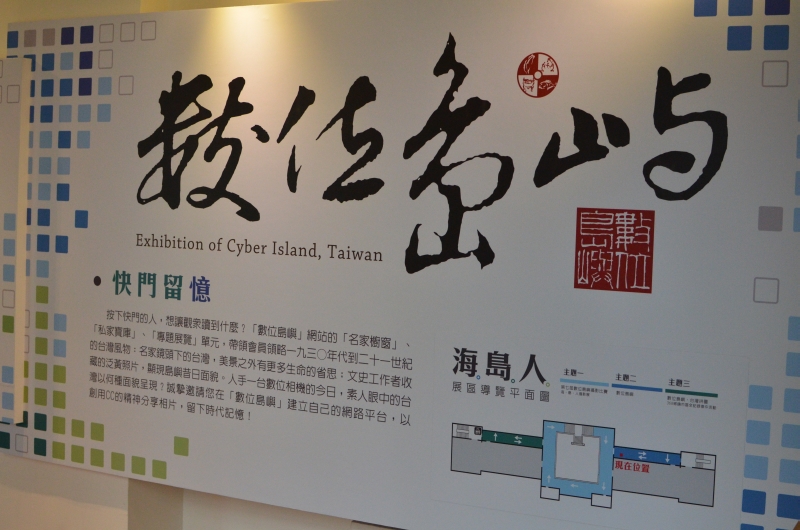
Ocean Island People
On the third floor is the exhibit that had caught my eye and gave me the idea to visit the museum: The Century Story of The Alishan Forest Railway. I guess I’m still a little boy at heart – I can’t resist anything about trains. The exhibit wasn’t so much about the construction of the railway. It was more about the geography, geology, plant life, and the people that live in the Alishan Forest Railway region. I was most interested in the dozens of historical artifacts on display. There were lots of things related to the construction and operation of a railway but also items belonging to the people from that time in history – household items, etc. I also liked the display of all the different types of trees found in the Alishan forest. One exhibit had bags of wood shavings attached to each type of tree. Visitors can thus get a sense of what each type of wood smells like.
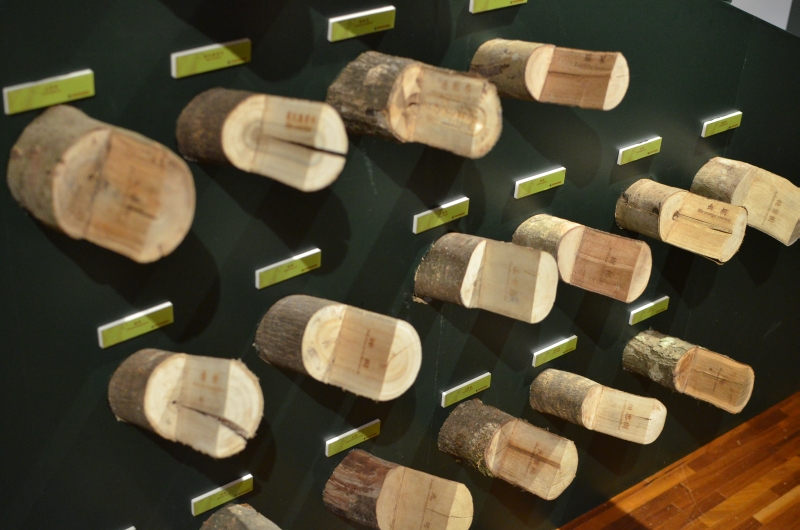
Trees from Alishan
Come to Our Future runs from now until October 14th, Ocean-Island-People runs from now until June 17th, and Century Story of the Alishan Forest Railway runs from now until July 29th. The National Taiwan Museum is located in 228 Memorial Park just outside Exit 4 of NTU Hospital MRT Station. Hours for the museum are Tuesday to Sunday from 10 a.m. to 5 p.m. Entrance to the museum is listed as costing NT$20, but it has been free every time I’ve visited. Photography is allowed in all the exhibits. You just have to turn off your flash.
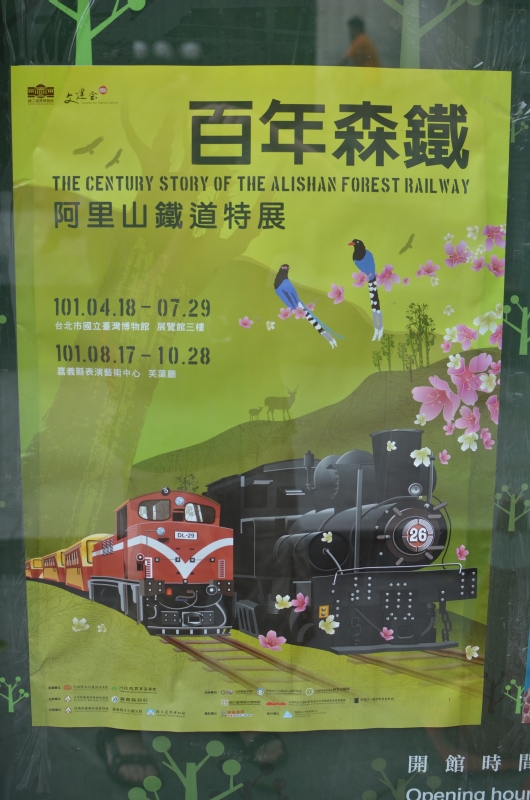
The Century Story of the Alishan Forest Railway
Tags: Alishan Forest Railway, Future Climate Change Exhibition, Memorial Park, museum, National Taiwan Museum, Ocean Island People

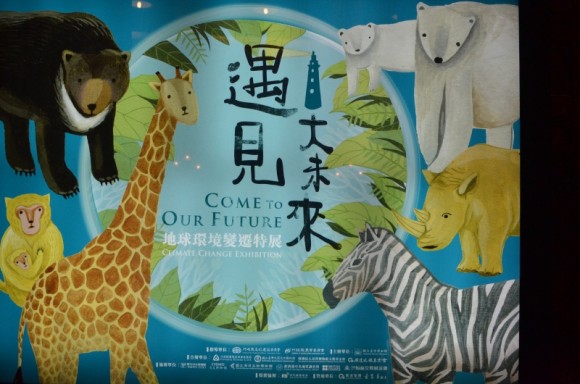
Visiting the exhibit of “the Centry story of the Alishan Forest Railway” must have recalled people’s memories about their Alishan trips. Moreover, after taking a quick look at the most recent photos on Flickr,I agree that the kids will like the exhibit on the first floor. It seems interesting. Having the animal specimens in the circular glass house does look attractive to the visitors, however,of couse, not from a animal rights perspective.
Hi, Neighbor. Yes, I wondered the same thing when I was walking through the Climate Change exhibit – whether having stuffed animals on display was a good choice. Some of the animals – like the panda – were clearly just toys. They weren’t real. However, some of them must have been actual animals that a taxidermist had preserved and stuffed after they died. I don’t know that for sure, but they looked real to me. Personally, I don’t have a problem with it. Museums all over the world have stuffed specimens on display, and I’m confident they have strict controls about how these specimens are collected. Perhaps all of them died natural deaths? I don’t know. In any event, it did feel a bit odd to see all of these stuffed animals while reading so much about how human activity is hurting the planet and destroying the habitat these animals need to survive.